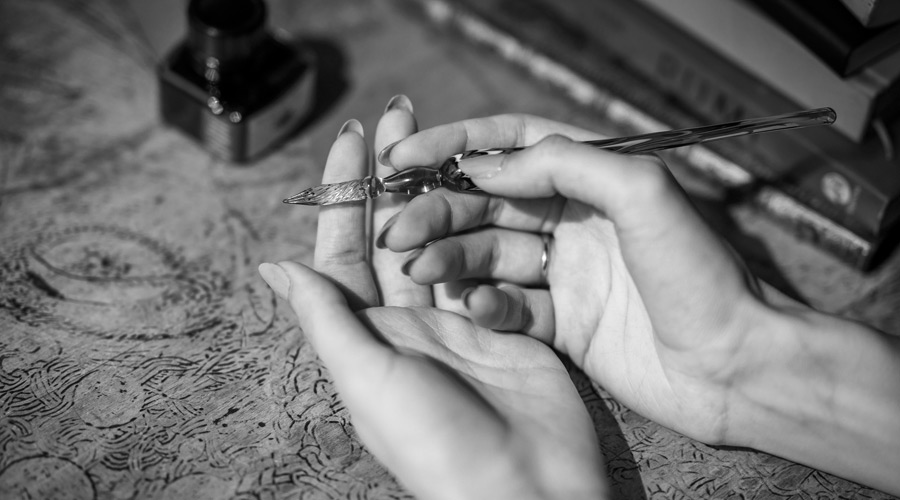Once upon a time, there was a woman with a story to tell. Along came a man, rewrote her stories, and sold it to the public as his own. Research on the provenance of fairytales by Ruth B. Bottigheimer of Stony Brook University, New York, has revealed that the first edition of fairy tales by the likes of Giambattista Basile, Charles Perrault and the Grimms cited women — grandmothers, society matriarchs — as the original spinners of these stories. Unsurprisingly, under the male gaze of the new chroniclers, the original narratives were tweaked, transforming rich reflections on the experiences of women of flesh and blood into unimaginative, but socially conformist, plots. For instance, before the Grimms waved their wand of propriety over the tale of Rapunzel, she and the prince were said to have spent most days together in her tower of isolation, until the princess remarks to her foster mother that her clothes fit more tightly than before, indicating premarital pregnancy. Bibbidi-bobbidi-boo went the Grimms and turned Rapunzel into a damsel in distress, waiting to be rescued by the proverbial — male — knight in shining armour.
Hearteningly, women writers — fairies with pens — are now reclaiming storytelling. From Amazon’s recent retelling of Cinderella, where she seeks salvation not in the arms of a prince but through her own creativity in fashion designing, to books like Fierce Fairytales and Girls to the Rescue, women screenwriters and authors are reimagining fairytales in a more egalitarian light. Purists will no doubt gasp and reach for a poisoned apple at the prospect of such alterations, arguing that this spells doom for the fables that have been passed down through the generations. But in reality, feminist retellings of fairytales might be seen as a reclamation of the original spirit of fairytales that were not so biased in favour of men. In fact, a recent study conducted by The Washington Post showed that while earlier adaptations of fairytales by Disney divided dialogues equally between princesses and princes, heroines were given fewer and fewer dialogues since the 1980s and ’90s.
At their core, however, fairytales are about much more than who saves whom from the ivory tower. The reason fairytales are universally cherished is because they illustrate humanity’s deepest fears and desires that transcend the barriers of time and geography. The story of Cinderella, for example, has been the subject of Italian operas, Russian ballets, and even Japanese kabuki plays, but each of these versions puts its own unique twist in the tale. Change, then, is the only constant when it comes to fairytales. Conversely, in real life, the more things change, the more they remain the same. Reading the patriarchal adaptations of fairytales is a chilling reminder that medieval notions about women and who controls their bodies have proved to be as resilient as the chivalrous knight. A 2016 study on the working of Special Courts under the POCSO Act in Delhi found many judges unwilling to convict adolescent boys of assault for forcibly kissing a girl. Little wonder then that Sleeping Beauty’s beau found it perfectly acceptable to kiss a sleeping woman without her consent.
Refreshingly, rewritten fairytales are accommodating the possibility of transformations, such as a world that is more equal for women.










